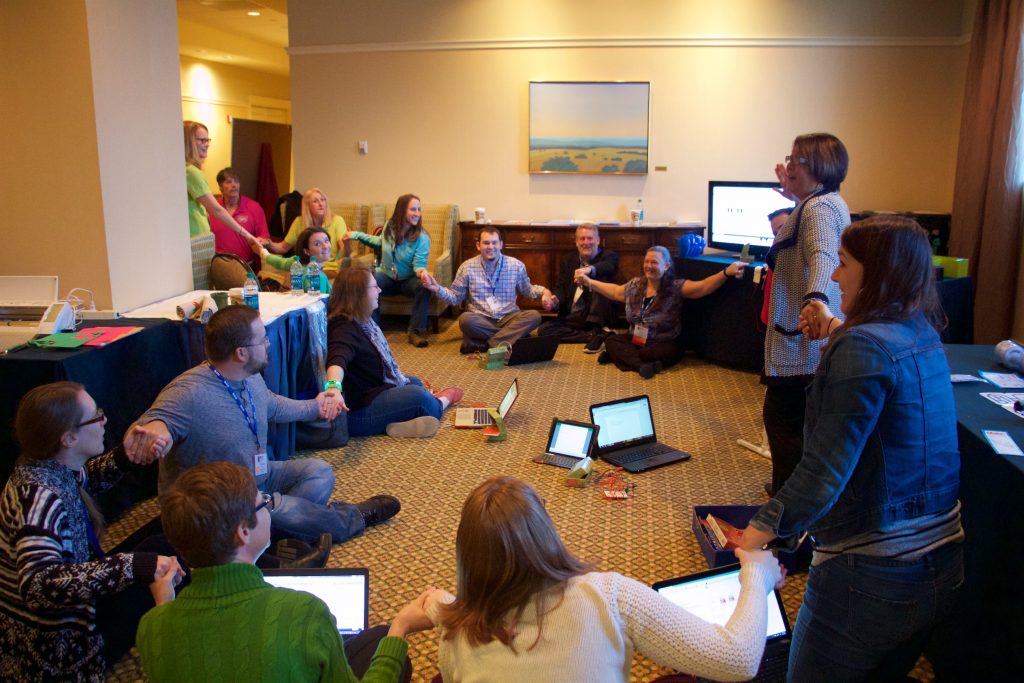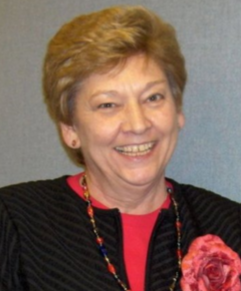Before schools starts, join us for a great learning experience at the 3rd annual Prince William County Schools EdCamp!
It's coming very soon, August 18, 2018, 8:00 to 12:30 at Woodbridge Middle School! (near the infamous Potomac Mills shopping center) and it's free.
If you have never been to an EdCamp, you are in for a treat! An EdCamp is an unconference without a schedule set in advance. Educators gather to informally discuss what they want to learn about in small group settings. If you learned what you needed about one topic, just get up and walk to another session to discuss something different.
Please visit our website for more information and to register for this collaborative, learning event! Did we mention it's free?






